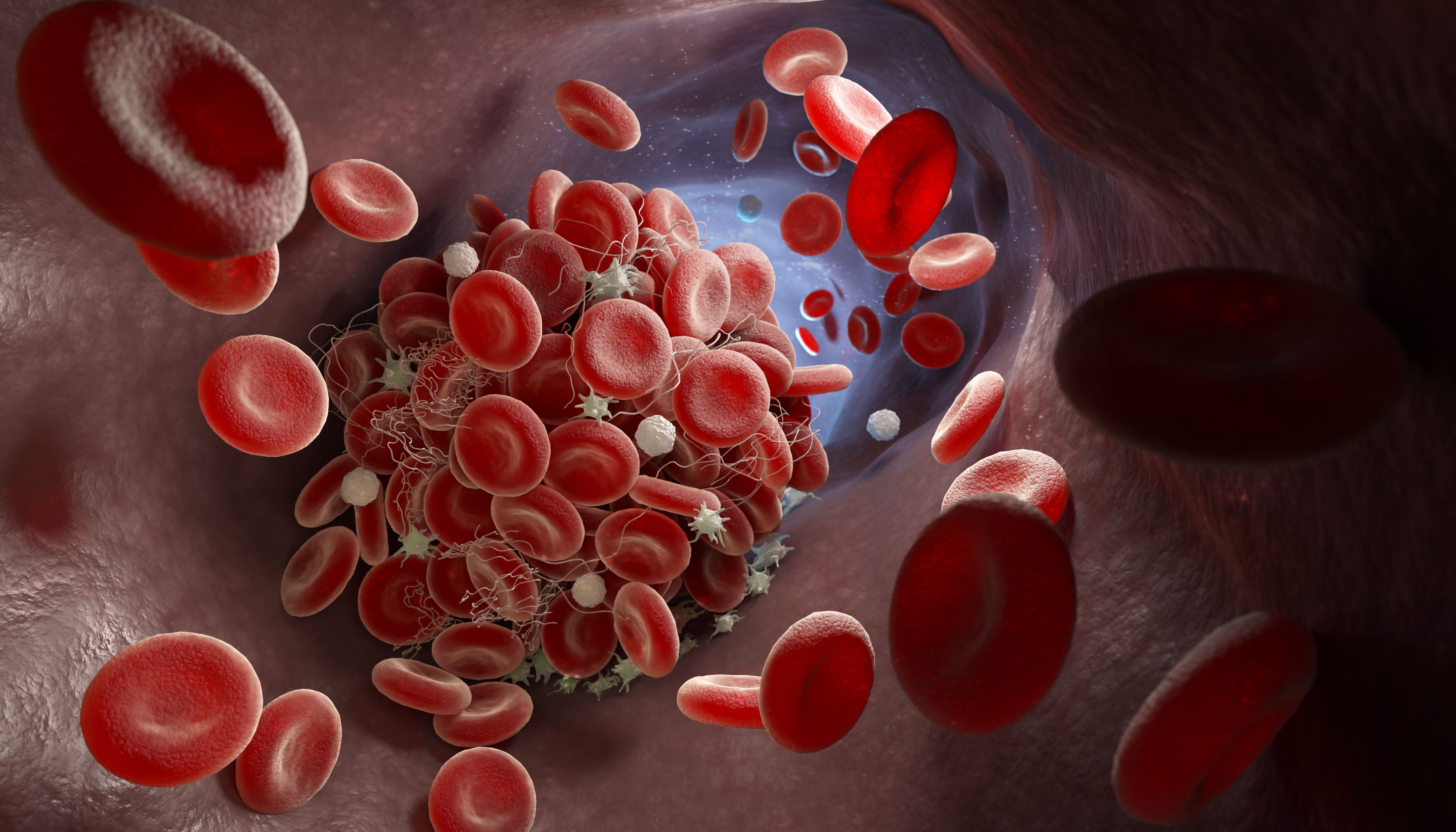Article
FDA Approves Mylotarg for AML Treatment
The FDA has approved Mylotarg (gemtuzumab ozogamicin) for the treatment of adults with newly diagnosed CD33-positive acute myeloid leukemia (AML).
The FDA has approved Mylotarg (gemtuzumab ozogamicin) for the treatment of adults with newly diagnosed CD33-positive acute myeloid leukemia (AML).
Additionally, the agency approved the antibody-drug conjugate for the treatment of patients aged 2 years and older with CD33-positive relapsed/refractory AML. The decision follows the recommendation of the FDA’s Oncologic Drugs Advisory Committee, which voted 6 to 1 recommending approval during a meeting in July.
“We are approving Mylotarg after a careful review of the new dosing regimen, which has shown that the benefits of this treatment outweigh the risk,” Richard Pazdur, M.D., director of the FDA’s Oncology Center of Excellence and acting director of the Office of Hematology and Oncology Products in the FDA’s Center for Drug Evaluation and Research, said in a statement. “Mylotarg’s history underscores the importance of examining alternative dosing, scheduling, and administration of therapies for patients with cancer, especially in those who may be most vulnerable to the side effects of treatment.”
The recommendation and now approval were based on results from ALFA-0701, a randomized phase 3 trial comparing daunorubicin and cytarabine with (139 patients) or without Mylotarg (139 patients) for the treatment of patients 50 to 70 years old with newly-diagnosed AML.
Mylotarg at 3 mg/m2 was administered on days one, four and seven during induction and day one of each of the two consolidation chemotherapy courses. The primary endpoint was event-free survival (EFS) with a secondary endpoint of overall survival (OS).
Mylotarg was associated with a statistically significant improvement in EFS of 7.8 months. However, the drug was not associated with a significant improvement in OS. The FDA usually uses OS as the endpoint to confirm clinical benefit for the treatment of AML, so the committee had to determine if improved EFS outcomes were enough to justify approval.
There was no significant difference in 30-day mortality between the two groups, but patients treated with Mylotarg had a higher rate of grade 3 or higher hemorrhage (23 percent vs 7 percent) and a prolonged time to recovery of platelets. A fifth of patients in the Mylotarg arm had delay in recovery of at least 45 days.
In a trial-level analysis of 33 randomized studies in untreated patients with de novo AML, the trial-level weighted R2 was only 0.46. An R2 close to 1 indicates strong trial-level surrogacy. Furthermore, in the subgroup of five randomized studies for which patient-level data were available, the weighted R2 through a copula model was 0.45 and 0.61 without application of a copula model. ODAC staff found that EFS was “clearly not predictive of OS” in the patient-level analysis, particularly for patients who did not achieve complete response.
Patients in the Mylotarg arm were 7 times more likely to experience any adverse events (AE) compared with the control arm (27 percent vs 4 percent), and Mylotarg patients were more than 4 times more likely to discontinue treatment due to AEs (31 percent vs 7 percent). No patients in the control arm developed thrombocytopenia versus 15 percent in the Mylotarg arm. Patients in the experimental arm were also more likely to experience hepatobiliary disorders (6 percent vs less than 1 percent).
Of the 35 patients who discontinued Mylotarg due to an AE, 14 patients continued treatment with daunorubicin and cytarabine. Twelve discontinued Mylotarg due to thrombocytopenia, and two discontinued due to grade 2/3 hepatotoxicity.
Overall, eight patients developed veno-occlusive disease. Seven patients developed veno-occlusive disease without hematopoietic stem cell transplantation and one developed the condition 25 days after transplantation.
Six patients (4.6 percent) who developed veno-occlusive disease were in the Mylotarg arm; three of those cases were fatal and two were found to be treatment-related. The remaining two patients with veno-occlusive disease were initially assigned to daunorubicin and cytarabine, but received Mylotarg treatment after relapse and subsequently developed veno-occlusive disease.
The FDA awarded accelerated approval to Mylotarg in 2000 for the treatment of patients 60 years or older with CD33-positive AML in first relapse who were not considered candidates for cytotoxic chemotherapy. Wyeth, now Pfizer, voluntarily pulled the drug from the market in 2010 after results from the SWOG-S0106 trial showed that Mylotarg did not improve rate of complete response, disease-free survival or OS compared with daunorubicin and cytarabine.
Results from subsequent trials suggested that a lower dose—the previous regimen was 2 doses of 9 mg/m2 Mylotarg administered 14 days apart—could be combined safely with daunorubicin and cytarabine.




